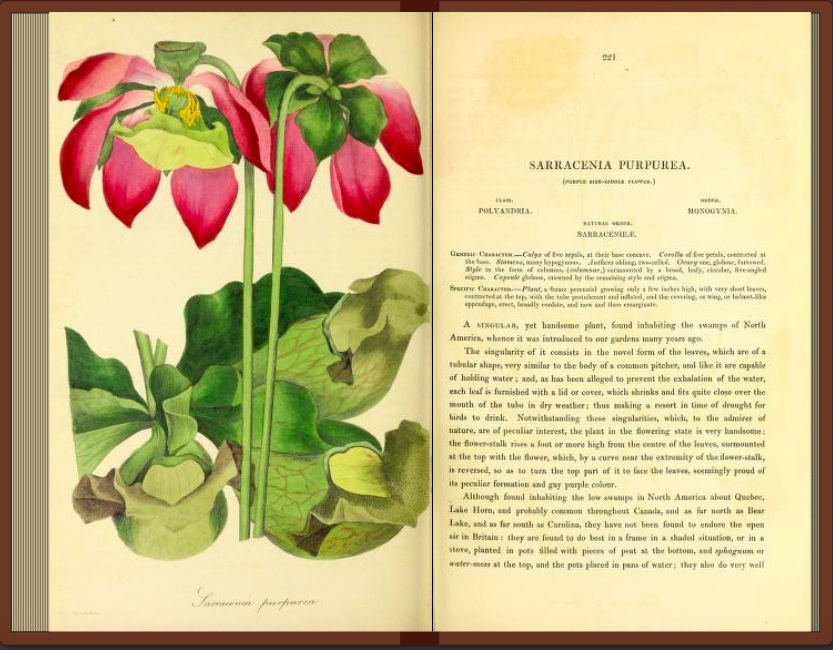To celebrate the opening of Nature by Design: Botanical Expressions (December 7, 2019-January 10, 2021), Object of the Day this week will feature objects from the exhibition.
Sir Joseph Paxton’s name may sound familiar to architecture enthusiasts, as he was responsible for designing the famous Crystal Palace of 1851 in London. The construction, which housed the Great Exhibition (the first world’s fair), highly impressed visitors for being the largest glass structure ever made up to that point. Paxton was capable of creating such a building by way of extensive experience in the design of multiple greenhouses, since his primary occupation was in fact as a gardener.
Coming from humble beginnings, Paxton had started working from an early age, landing a position at the gardens of Chiswick House in 1823. Three years later, he was elected a fellow of the Horticultural Society and became the Head Gardener of Chatsworth House, thanks to the ongoing patronage of the Duke of Devonshire, who was deeply impressed by his abilities. At Chatsworth, Paxton designed gardens, fountains, and conservatories.
Paxton was also interested in publishing, and the image seen here comes from the third title he developed, Paxton’s Magazine of Botany. With sixteen volumes published between 1834 and 1849, the magazine featured botanical descriptions of plants alongside lavish woodcut hand-colored illustrations. Also included were plans for flower gardens and other garden structures, and advice for gardeners relating to utensils and operations year-round. In the first issue, Paxton stated that the recommendations would be sound as they were given from his own daily experience and observation, and that, with the quality of the content and its illustrations, his goal was to make the magazine vastly popular.[i]
This plate is one of the thirty illustrations of the third volume, published in 1836, and features a Sarracenia purpurea, commonly known as a purple pitcher plant. The magazine focused on presenting a wide variety of new and exotic plants: indigenous to North America, this species had been taken to Europe in the eighteenth century. In the accompanying text, Paxton tells readers how he planted them at Chatsworth, where “they thrive and flower well.”[ii]
Mina Warchavchik Hugerth is a graduate of the History of Design & Curatorial Studies master’s program offered jointly by the Cooper Hewitt, Smithsonian Design Museum and Parsons School of Design. She served as the Curatorial Capstone Fellow for Nature by Design: Botanical Expressions.
[i] Joseph Paxton, “Introduction,” Paxton’s Magazine of Botany, vol 1, 1834: 2.
[ii] Joseph Paxton, “Sarracenia Purpurea,” Paxton’s Magazine of Botany, vol 3, 1836: 222.
